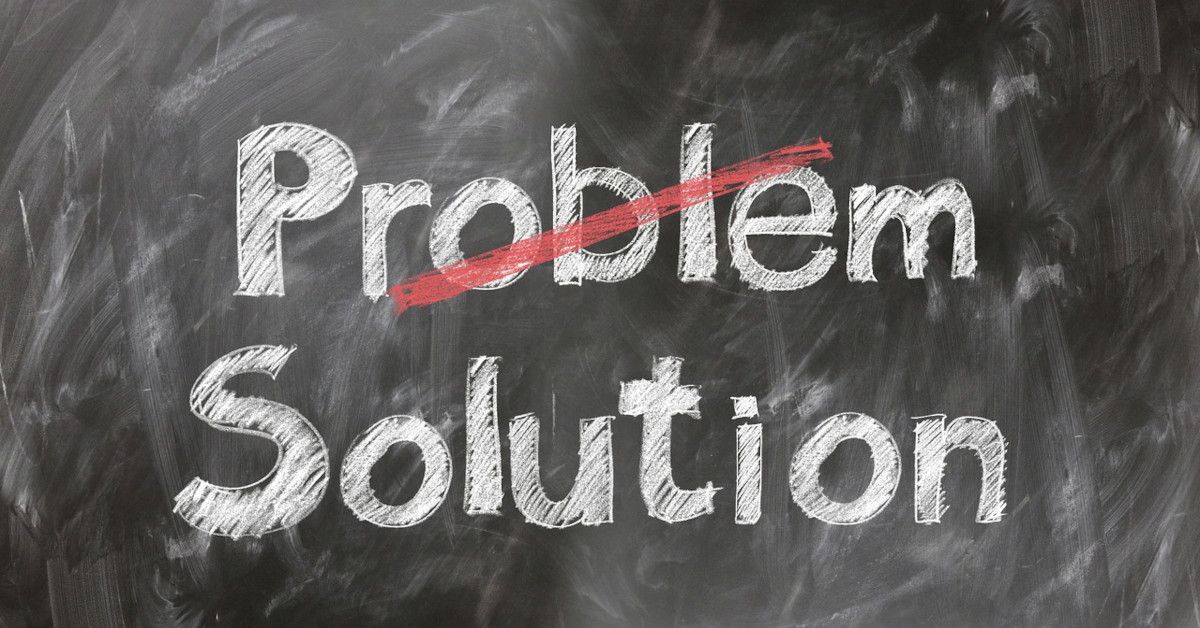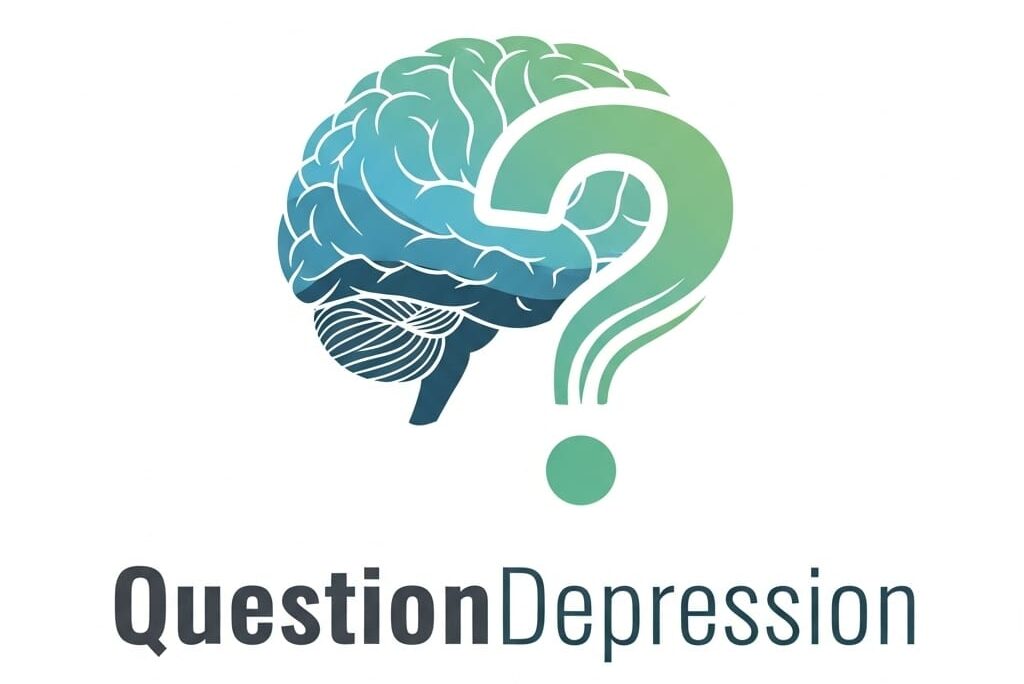Cognitive behavioral therapy (CBT) is an umbrella term for a range of therapies that share a common foundation in cognitive and behavioral principles but focus on specific techniques and approaches.
These are the main types of CBT approaches:
-
- The original CBT approach developed by Aaron Beck concentrates on identifying and challenging negative thought patterns and maladaptive behaviors, particularly for depression and anxiety.
-
- DBT combines CBT techniques with mindfulness and acceptance strategies.
-
- It’s especially helpful for borderline personality disorder (BPD), emotional regulation, and self-harm behaviors.

-
- ACT focuses on accepting negative thoughts and feelings rather than changing them.
-
- It uses mindfulness and behavioral strategies to help individuals commit to actions aligned with their values, helping manage anxiety, depression, and chronic pain.
-
- Combining mindfulness practices with cognitive techniques, MBCT helps prevent the return of depression and is also useful for treating anxiety.
-
- It emphasizes awareness of thoughts and feelings without judgment.
-
- Schema therapy centers on identifying and changing deeply ingrained patterns (schemas) that developed in childhood and continue to influence adult relationships.
-
- It’s helpful for personality disorders and long-standing emotional difficulties.

-
- REBT stresses identifying irrational beliefs and replacing them with rational alternatives.
-
- It’s used to cure various mental health issues like anxiety and anger issues.
-
- Primarily used for PTSD, CPT focuses on challenging and modifying unhelpful beliefs related to trauma.
-
- These aid individuals in reframing traumatic memories and reducing distress.
-
- Exposure therapy involves gradual exposure to feared situations or stimuli and is often used to treat anxiety disorders and phobias, helping individuals reduce their anxiety over time.

-
- Frequently employed for children and adolescents who have experienced trauma, TF-CBT combines cognitive and behavioral techniques with trauma-sensitive strategies to process traumatic experiences and develop coping skills.
-
- Behavioral activation is mainly used for depression and focuses on increasing engagement in activities that improve mood and reduce avoidance behaviors.
-
- MCT tries to change the way people think about their reasoning patterns and is notably useful for conditions like generalized anxiety disorder and obsessive-compulsive disorder (OCD).

-
- A structured approach that’s mostly used to treat stress-related conditions and aids individuals in developing practical problem-solving skills to manage difficulties.
-
- While not strictly CBT, EMDR includes CBT elements and highlights assisting individuals in processing traumatic memories by using bilateral stimulation (such as eye movements).
-
- It’s widely used for PTSD.

-
- This approach helps to develop self-compassion to reduce self-criticism and shame, making it beneficial for people who experience high levels of shame and self-criticism.
-
- This method is commonly used in children and involves teaching individuals to guide their behavior through internal speech, improving self-regulation and coping skills in the process.
-
- FAP focuses on improving interpersonal functioning by bringing awareness to how clients relate to others, making it useful for relationship issues and social anxiety.
-
- CBASP is developed for chronic depression and concentrates on interpersonal interactions and the consequences of actions.
-
- This helps clients understand and change unhelpful behavioral patterns.
Join our forum and Facebook
Please consider joining our forum and Facebook if you enjoyed reading this and would like to chat with like-minded peers about anything depression related.
It would certainly go a long way toward making my dream of creating a thriving, supportive community a reality!

